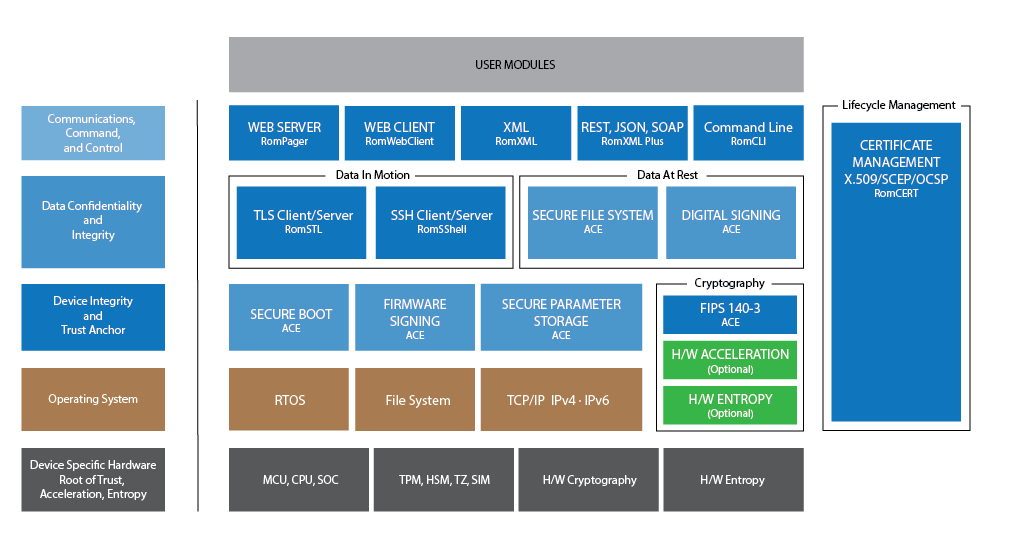Machine to Machine

Understanding the Impact of Open-Source Software on IoT Device Security
Open-source software (OSS) plays a foundational role in modern development environments. Its accessibility, speed, and cost-efficiency make it a popular choice among IoT device manufacturers, especially those racing toward aggressive timelines and tight budgets. But...

The Future of IoMT Security and the Battle to Protect Healthcare Data
Healthcare data is under attack. Learn how to strengthen your IoMT security with encryption, access controls, and embedded device protection.

FIPS Validation: The Key to Medical Device Security
FIPS validation is crucial for securing medical devices, a key concern for healthcare technology. Get key insights on IoMT requirements for implementing cryptography and more on Embedded Computing Design. This insightful article delves into the importance of adhering...
Let’s Talk IoT Security
Implementing IoT device security can be a challenge. Let us help you by sharing our proven framework for integrating a proactive security approach into your design. Click the button below to schedule a one-on-one web conference to discuss your security needs.


